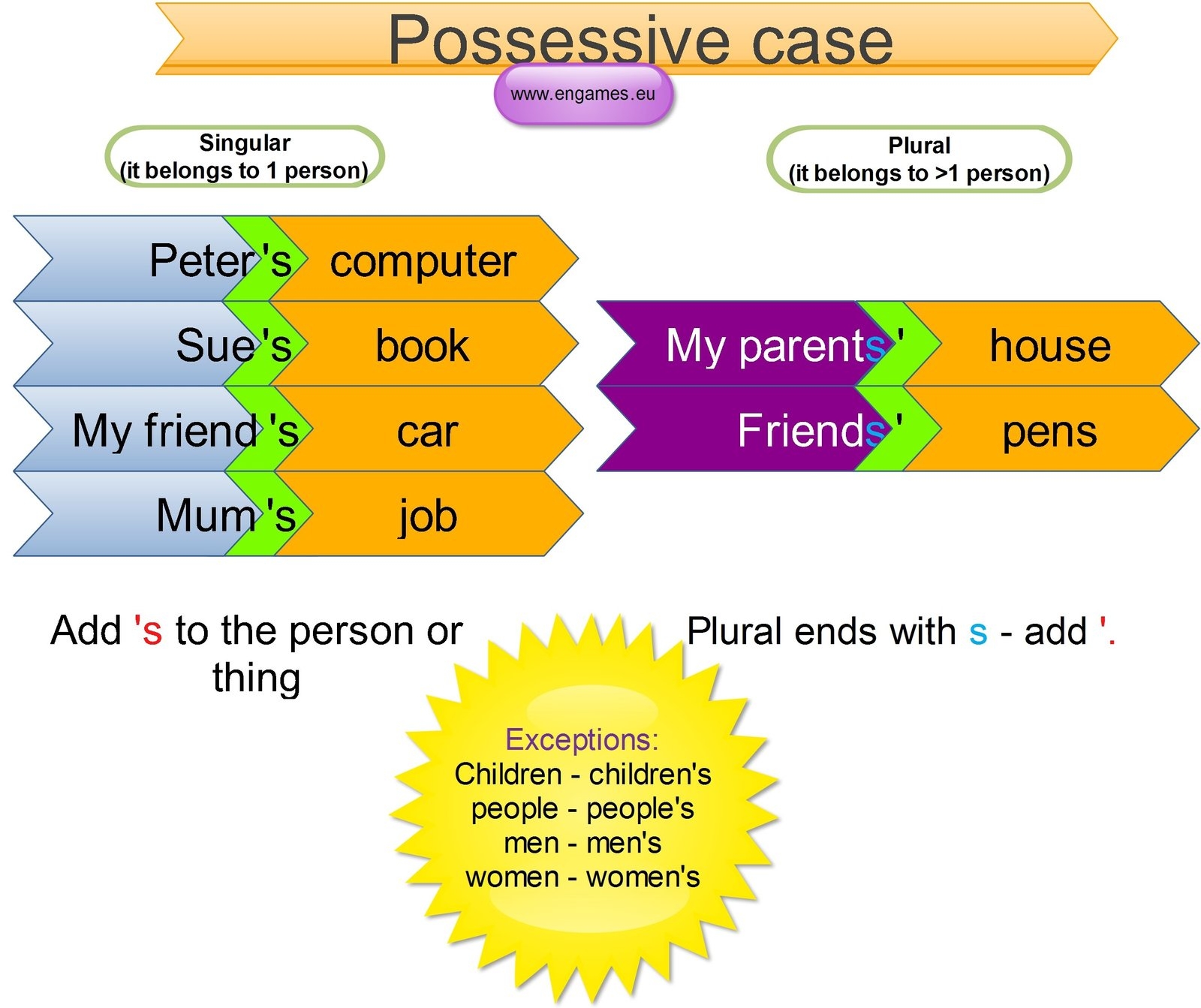When it comes to understanding the possessive case of a plural noun, it is important to know how to properly indicate ownership or belonging. Plural nouns refer to more than one person, place, thing, or idea, and when these nouns show ownership, they require a specific form of punctuation.
Understanding the rules of the possessive case of a plural noun can help improve your writing and communication skills. By mastering this concept, you can effectively convey possession in a clear and concise manner.
Possessive Case of a Plural Noun
In English grammar, the possessive case of a plural noun is formed by adding an apostrophe after the plural noun. If the plural noun does not end in “s,” an apostrophe followed by “s” is added. For example, “the children’s toys” indicates that the toys belong to more than one child. If the plural noun already ends in “s,” only an apostrophe is added. For example, “the teachers’ lounge” shows that the lounge belongs to multiple teachers.
It is important to note that when dealing with irregular plural nouns that do not end in “s,” such as “children,” the possessive form is still created by adding an apostrophe followed by “s.” This rule applies to words like “women” (women’s) and “men” (men’s) as well.
Using the possessive case of a plural noun correctly can help avoid confusion and ensure that your writing is grammatically sound. By following these rules, you can effectively communicate ownership and belonging in your writing.
Practice using the possessive case of a plural noun in sentences to become more familiar with how it works. This will help reinforce your understanding of this grammar concept and improve your overall writing skills.
In conclusion, mastering the possessive case of a plural noun is essential for effective communication in writing. By understanding the rules and practicing using them, you can convey ownership and belonging accurately and clearly. Remember to add an apostrophe followed by “s” for plural nouns that do not end in “s” and only an apostrophe for those that do. Keep practicing to enhance your grammar skills and become a more proficient writer.
